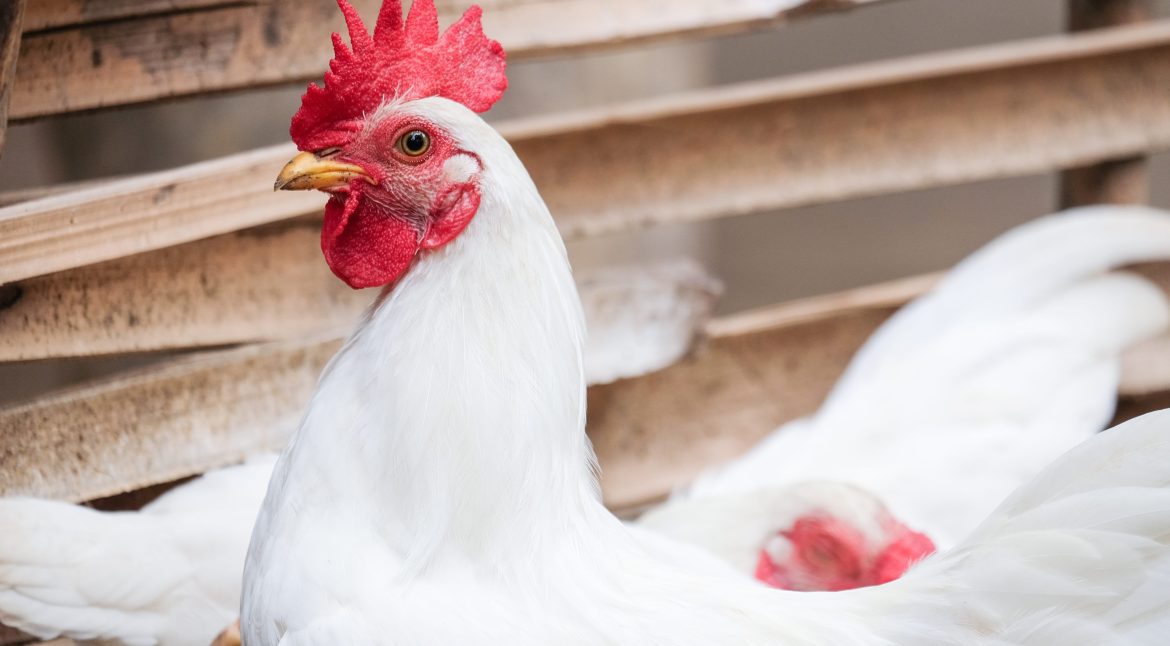The current need to find alternatives to the use of antibiotics in poultry feeds is opening opportunities for natural extracts with functional properties. The present study aims to evaluate the effect on performance of 2 solutions based on natural extracts compared to a commercial mixture of antibiotics in broiler diets. A total of 2400 1 d-old Ross AP 308 broiler chickens were housed in floor pens (16 pens/treatment, 8 of males and 8 of females, with 50 birds/pen). Standard commercial diets were used, comprising three feeding phases: pre-starter (1-7 d), starter (8-21 d) and grower (22-38/22-41 d, females and males, respectively). Birds were randomly assigned to 1 of 3 treatments based on the solution added on top of the basal diet: i) antibiotic mixture (CON); ii) a standardized olive pomace extract from Olea europaea at 1,25 kg/Tn (OPE); iii) a mixture of essential oils containing thymol and carvacrol as main functional molecules at 0.9 kg/Tn (EOS). Body weight (BW), average daily gain (ADG), feed intake (FI) and feed conversion ratio (FCR) were recorded. Data were analyzed using a mixed-effects model including treatment, gender and its interaction as fixed effects (SAS software, v.9.4).CON group presented a higher (P < 0.01) ADG and FI from d0-d21 compared to OPE and EOS groups, resulting in a higher (P < 0.01) BW at d21. However, during the grower phase OPE displayed the highest ADG followed by CON and finally EOS (P < 0.01). Furthermore, global ADG and final BW were lower (P < 0.01) in EOS group compared to CON and OPE. Nevertheless, a significant (P = 0.03) treatment by gender interaction was observed in final BW, where BW of males at d41 tended (P = 0.09) to be higher in OPE than CON. FCR presented different treatment effects depending on the feeding phase. In the pre-starter phase FCR was higher (P < 0.01) in CON compared to OPE and EOS; while in the starter phase was the contrary. During the grower phase, EOS group presented a significant higher (P < 0.01) FCR than CON and OPE; with a trend of OPE group to have a lower FCR than CON group (P = 0.07). Globally, FCR during the whole period was significantly higher (P < 0.01) in EOS group, and no differences were observed between CON and OPE. In summary, animals receiving OPE in the diet performed similarly than CON, suggesting the use of olive extracts as a promising natural tool to reduce the use of antibiotics in poultry production.

Autores: Marta Blanch, Jose Javier Pastor, Alejandro Saldarriaga Saldarriaga, Luisa Fernanda García Gaviria
Libro/Revista: 26th World’s Poultry Congress Book of abstracts 2022
